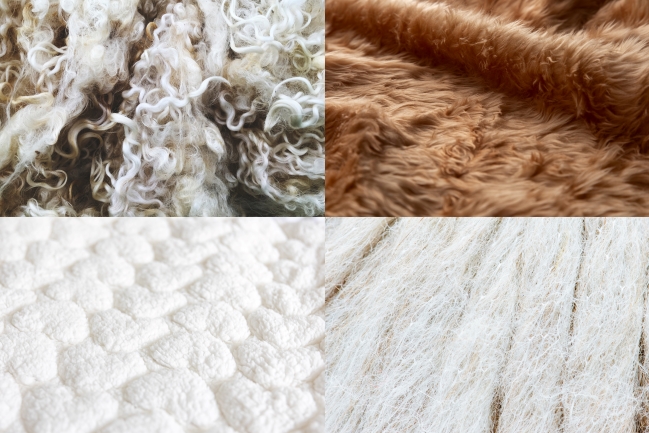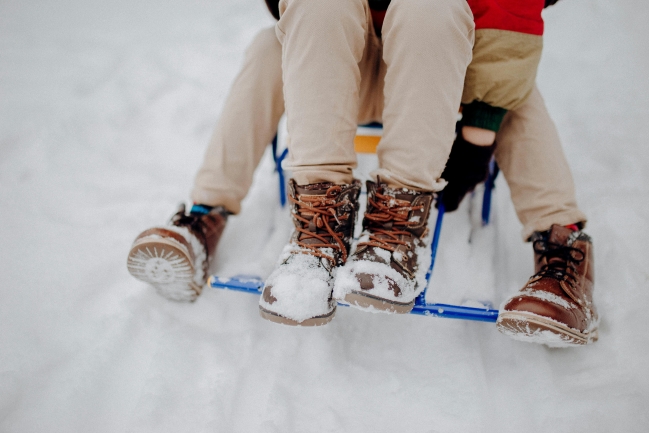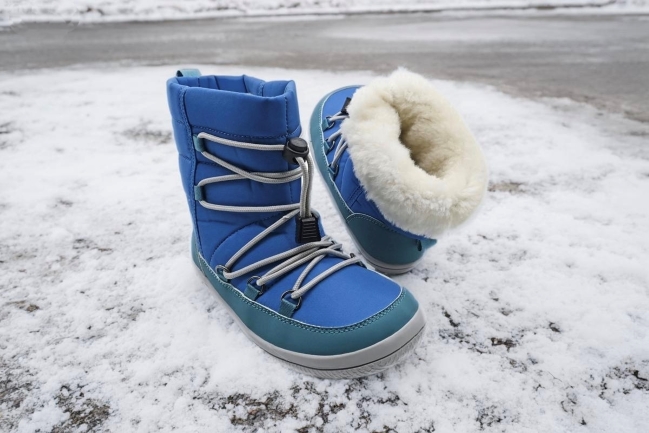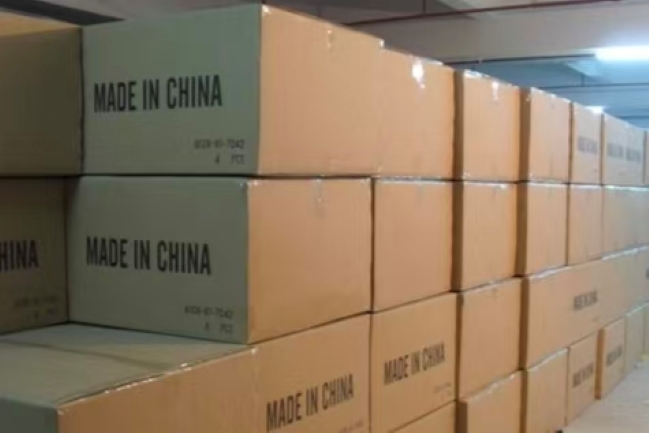For barefoot shoe enthusiasts, winter can be both exciting and challenging. The appeal of barefoot shoes lies in their wide toe box, zero-drop sole, and flexible structure, which allow the feet to move naturally and restore their natural strength. But when temperatures drop, how can we keep our feet warm without compromising the barefoot philosophy?
The key lies in choosing the right lining materials for barefoot winter boots.
This guide explores different lining types, use-case scenarios, user-specific needs, layering strategies, sustainable material trends, and care practices, helping you select the best barefoot boots for winter.
Why Are Linings So Important in Barefoot Winter Boots?
Unlike lightweight summer barefoot shoes, winter boots face a major challenge: temperature and moisture regulation.
Heat loss: Feet contain a dense network of blood vessels and tend to lose heat quickly in cold weather.
Breathability vs. insulation: Thick, insulating linings keep feet warm but may trap sweat, which leads to dampness and chill.
Comfort factor: Since linings touch the skin directly, their softness and skin-friendliness determine how pleasant the shoes feel.
That’s why choosing the right lining material is crucial—not only for warmth, but also for health and comfort.
Common Winter Boot Lining Materials
Wool
Wool is the classic lining choice for winter boots, offering both warmth and breathability.
Pros: Excellent insulation, moisture-wicking, naturally comfortable.
Cons: Higher cost, may cause allergies in some individuals.
Best for: Cold climates, outdoor use.
Merino Wool
A premium version of wool, with much finer fibers and a softer feel.
Pros: Soft, non-itchy, great temperature regulation, naturally antimicrobial.
Cons: Pricier, requires more delicate care.
Best for: Children, sensitive skin, comfort seekers.
Shearling / Faux Shearling
Natural lambskin with wool attached, or synthetic alternatives.
Pros: Extremely warm, plush feel. Faux shearling is eco-friendlier and more affordable.
Cons: Natural shearling is less breathable; faux versions vary widely in quality.
Best for: Extreme cold conditions, users who value coziness.
Cotton
A natural lining option often used in milder climates.
Pros: Soft, breathable, affordable.
Cons: Lacks strong insulation; loses warmth when wet.
Best for: Mild winters, indoor wear, southern regions.
Synthetic Functional Fibers
High-tech fibers like polyester fleece, Thinsulate, or Primaloft.
Pros: Lightweight, durable, quick-drying, water-resistant.
Cons: Less soft than natural fibers.
Best for: Outdoor sports, snow, active use.
Hybrid Linings
A mix of wool and synthetic fibers, combining comfort with performance.
Best for: Hikers, trekkers, or anyone needing balanced warmth and durability.

How to Choose Lining Materials by Climate
Extreme cold (-10°C and below): Wool, merino wool, or shearling.
Moderate cold (0°C to -10°C): Hybrid linings or wool + functional fibers.
Mild winter (above 0°C): Cotton or lightweight wool.
Eco-conscious choice: Recycled wool, hemp, bamboo, faux shearling.
User Group Differentiation
Different users have distinct needs when it comes to barefoot winter boots.
Children
Needs: Sensitive skin, higher activity levels.
Recommended linings: Merino wool (soft and non-itchy), cotton (light and breathable).
Best use: Everyday wear, outdoor play in snow (with wool/faux shearling + waterproof uppers).
Seniors
Needs: Poor circulation, higher sensitivity to cold.
Recommended linings: Wool, merino wool—prioritizing warmth and lightweight comfort.
Best use: Daily walks, winter outings.
Active Users (Sports & Outdoor Enthusiasts)
Needs: Sweat management and fast-drying properties.
Recommended linings: Synthetic functional fibers, hybrid materials.
Best use: Winter running, hiking, trekking.
Eco-conscious Consumers
Needs: Sustainability and cruelty-free materials.
Recommended linings: Recycled wool, hemp fiber, bamboo fiber, faux shearling.
Best use: Everyday wear, light outdoor activities.

Layering Concept: Temperature Control Beyond Linings
Linings are important, but layering can further optimize comfort:
Merino socks + thin-lined boots: A versatile option for mild to moderate winters.
Layering principle: Add or remove socks depending on activity and weather.
Barefoot philosophy: Avoid overly thick socks or linings that reduce ground feel and natural foot movement.
Sustainability & Eco-friendly Material Trends
Sustainability is reshaping the footwear industry. Many barefoot shoe brands now offer eco-conscious lining options:
Recycled Wool: Reduces textile waste while keeping warmth.
Plant-based fibers (hemp, bamboo): Naturally breathable, antibacterial, and renewable.
Faux shearling: An animal-free alternative with growing popularity.
Although some of these materials may not insulate as well as traditional wool, they appeal to consumers who prioritize lightweight comfort and ethical fashion.
Care & Maintenance: Extending Boot Lifespan
Proper care ensures linings stay fresh, soft, and durable.
Wool / Merino wool: Hand-wash or delicate cycle, avoid high heat.
Synthetic fibers / Faux shearling: Machine washable on low temperature, dries quickly.
Everyday tips:
Air boots after use.
Use cedar shoe trees or moisture-absorbing packs.
Rotate pairs to avoid overuse.
With good care, winter barefoot boots can last several seasons without losing comfort.
Conclusion
In the depths of winter, choosing the right pair of barefoot boots is not just about staying warm—it’s about staying true to a healthier way of living. The right lining material keeps your feet cozy while still allowing natural movement and freedom.
Whether you are a child needing gentle skin-friendly comfort, a senior looking for lightweight warmth, an outdoor adventurer demanding high performance, or an eco-conscious consumer committed to sustainability—there’s always a barefoot winter boot lining designed for you.
A great pair of barefoot winter boots is more than footwear. It is a balance—between natural movement and modern living, between warmth and comfort and sustainability and responsibility. With the right choice, you can step confidently into a winter that feels both free and warm.
📩 For more information on barefoot boot lining materials, custom design options, or wholesale partnerships, feel free to reach out to us!




